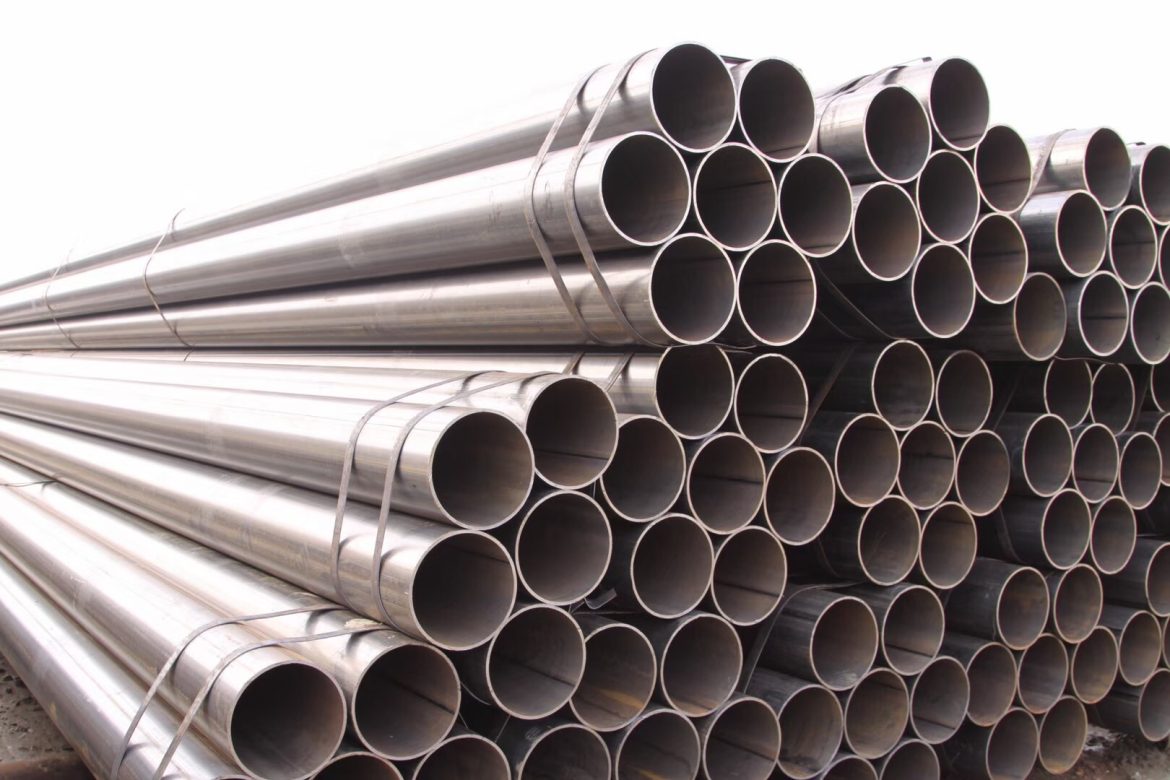The ability to weld pipes effectively is a crucial aspect that significantly influences the strength and longevity of constructed buildings and infrastructure. Pipes conforming to European approved standards are widely recognized for their adaptability and dependability, undergoing a thorough examination to evaluate their weldability. Let’s delve into the complexities of welding standard pipes, examining the various factors that impact the quality of welds, and the methodologies employed to guarantee durable weld connections in structural projects.
Understanding EN 10219 Pipes:
EN 10219 is a European standard that specifies the technical delivery conditions for cold-formed welded structural hollow sections of circular, square, or rectangular shapes. These pipes are commonly used in various construction projects, including building frameworks, bridges, and infrastructure. Crafted from high-quality steel, EN 10219 pipes offer exceptional strength, durability, and versatility, making them a preferred choice for structural applications across industries.
Factors Affecting Weldability:
The weldability of European standard pipes is influenced by several key factors, including the chemical composition of the steel, the presence of impurities, and the manufacturing process. It is essential to ensure that the steel composition meets the specified requirements to facilitate proper fusion during welding. Additionally, factors such as surface cleanliness, joint design, and welding parameters play a crucial role in determining the quality of weld joints.
Welding Techniques and Considerations:
Welding these precisely dimensioned pipes requires careful consideration of welding techniques and procedures to achieve optimal results. Common welding methods employed include arc welding processes such as shielded metal arc welding (SMAW), gas metal arc welding (GMAW), and flux-cored arc welding (FCAW). Each welding process offers unique advantages and challenges, and the selection of the appropriate technique depends on factors such as joint configuration, material thickness, and welding position.
Preparation and Precautions:
Prior to welding, thorough preparation is essential to ensure the integrity of weld joints. This includes cleaning the surfaces to remove any contaminants, ensuring proper fit-up of the joint, and selecting suitable welding consumables. It is also imperative to adhere to recommended welding procedures and take necessary precautions to prevent issues such as distortion, cracking, or metallurgical defects.
Quality Assurance and Inspection:
To verify the quality of weld joints in European Standard pipes, comprehensive inspection and testing procedures are employed. Non-destructive testing methods such as ultrasonic testing (UT), magnetic particle testing (MT), and visual inspection are commonly used to detect surface and subsurface defects. Additionally, destructive testing techniques such as tensile testing and bend testing may be conducted to evaluate the mechanical properties of welded specimens.
Conclusion:
In the realm of structural engineering, the weldability of standard approved pipes plays a pivotal role in ensuring the integrity and longevity of constructed assets. By understanding the factors influencing weld quality and employing appropriate welding techniques and procedures, engineers and welders can achieve robust weld joints that meet the stringent requirements of structural applications. As industries continue to evolve, the importance of weldability in EN 10219 pipes remains paramount, driving innovation and excellence in the field of structural engineering.
